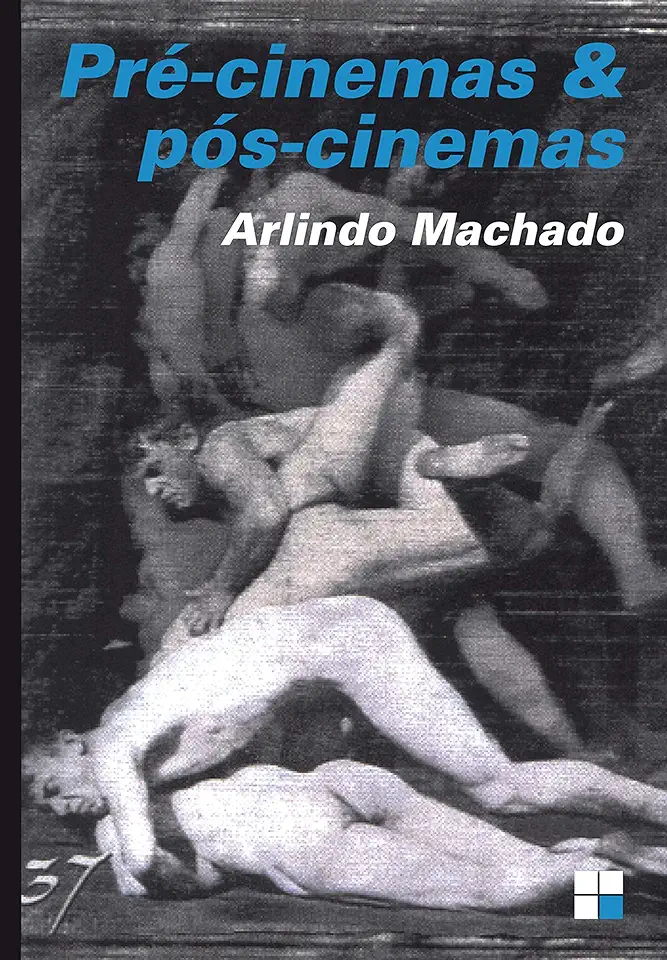
Pre-cinemas and Post-cinemas - Arlindo Machado
Pre-cinemas and Post-cinemas: The Future of Film
Introduction
In his groundbreaking book, Pre-cinemas and Post-cinemas, Arlindo Machado argues that cinema is not a monolithic entity, but rather a constantly evolving art form that has been shaped by a variety of factors, including technological advances, social changes, and economic conditions. Machado traces the history of cinema from its pre-cinematic origins to its current state as a post-cinematic medium, and he argues that the future of cinema lies in its ability to adapt to and embrace new technologies and forms of expression.
Pre-cinematic Origins
Machado begins his book by examining the pre-cinematic origins of cinema, arguing that the desire to create moving images is a fundamental human impulse that dates back to the earliest days of human history. He discusses a variety of pre-cinematic devices, such as the magic lantern, the zoetrope, and the praxinoscope, and he shows how these devices laid the foundation for the development of cinema.
The Birth of Cinema
Machado then turns his attention to the birth of cinema, which he dates to the late 19th century. He discusses the work of early filmmakers such as the Lumière brothers, Georges Méliès, and D.W. Griffith, and he shows how these filmmakers helped to establish the basic grammar and syntax of cinema.
The Golden Age of Cinema
The golden age of cinema, according to Machado, occurred in the 1930s and 1940s. During this period, Hollywood studios produced a wide variety of films, from big-budget musicals to gritty crime dramas. Machado discusses the work of some of the most important filmmakers of this era, including Alfred Hitchcock, John Ford, and Orson Welles.
The Decline of Cinema
The decline of cinema, according to Machado, began in the 1950s and 1960s. A number of factors contributed to this decline, including the rise of television, the changing tastes of audiences, and the increasing cost of film production. Machado discusses the work of some of the filmmakers who emerged during this period, including Federico Fellini, Ingmar Bergman, and Jean-Luc Godard.
The Post-cinematic Era
Machado argues that cinema entered a post-cinematic era in the 1970s and 1980s. During this period, filmmakers began to experiment with new forms of expression, such as non-linear narratives, digital effects, and found footage. Machado discusses the work of some of the most important filmmakers of this era, including Steven Spielberg, Martin Scorsese, and Quentin Tarantino.
The Future of Cinema
Machado concludes his book by arguing that the future of cinema lies in its ability to adapt to and embrace new technologies and forms of expression. He believes that cinema will continue to be a vital art form for many years to come, but that it will need to evolve in order to remain relevant to audiences.
Conclusion
Pre-cinemas and Post-cinemas is a must-read for anyone interested in the history and future of cinema. Machado's book is a comprehensive and insightful look at the evolution of cinema, and it offers a unique perspective on the future of this important art form.